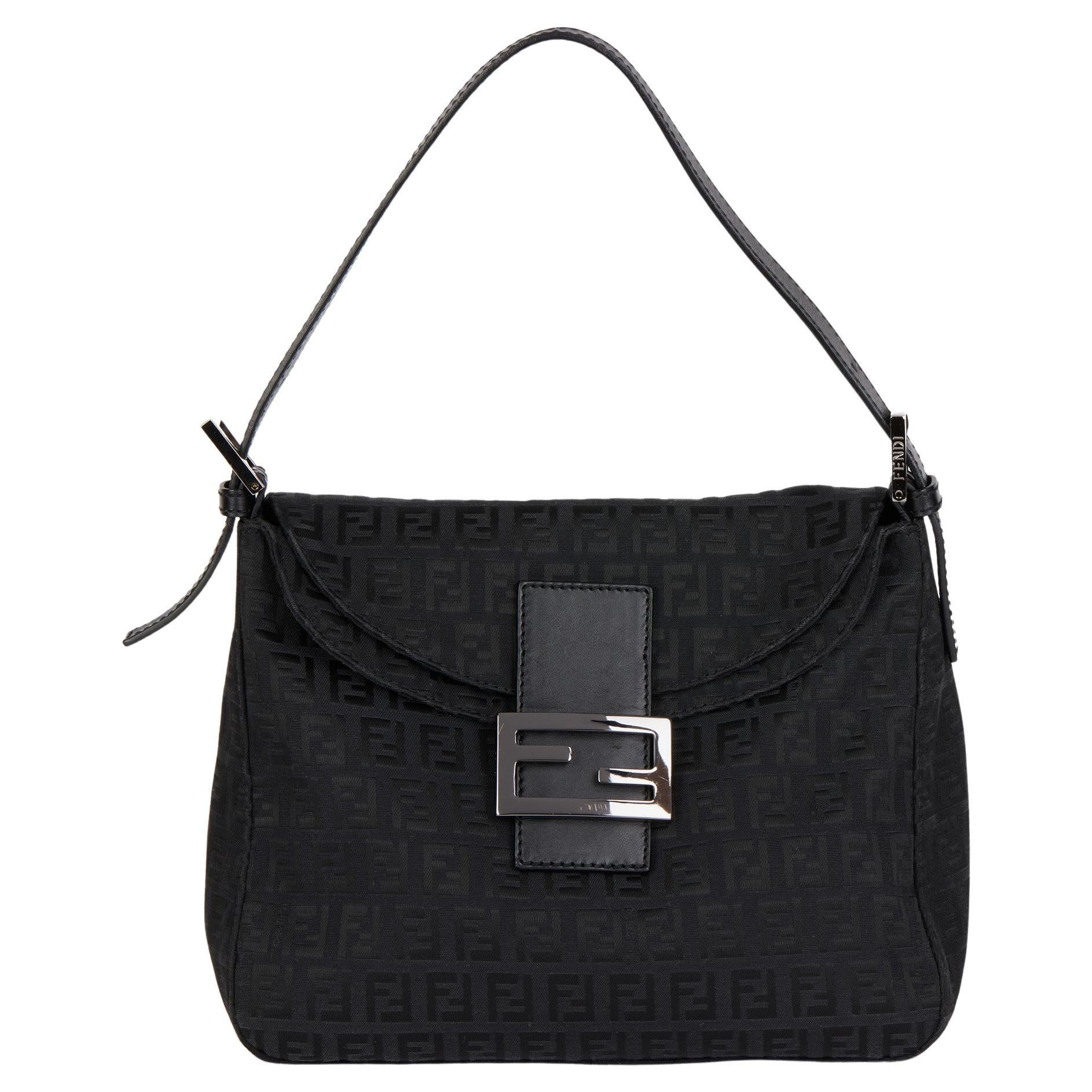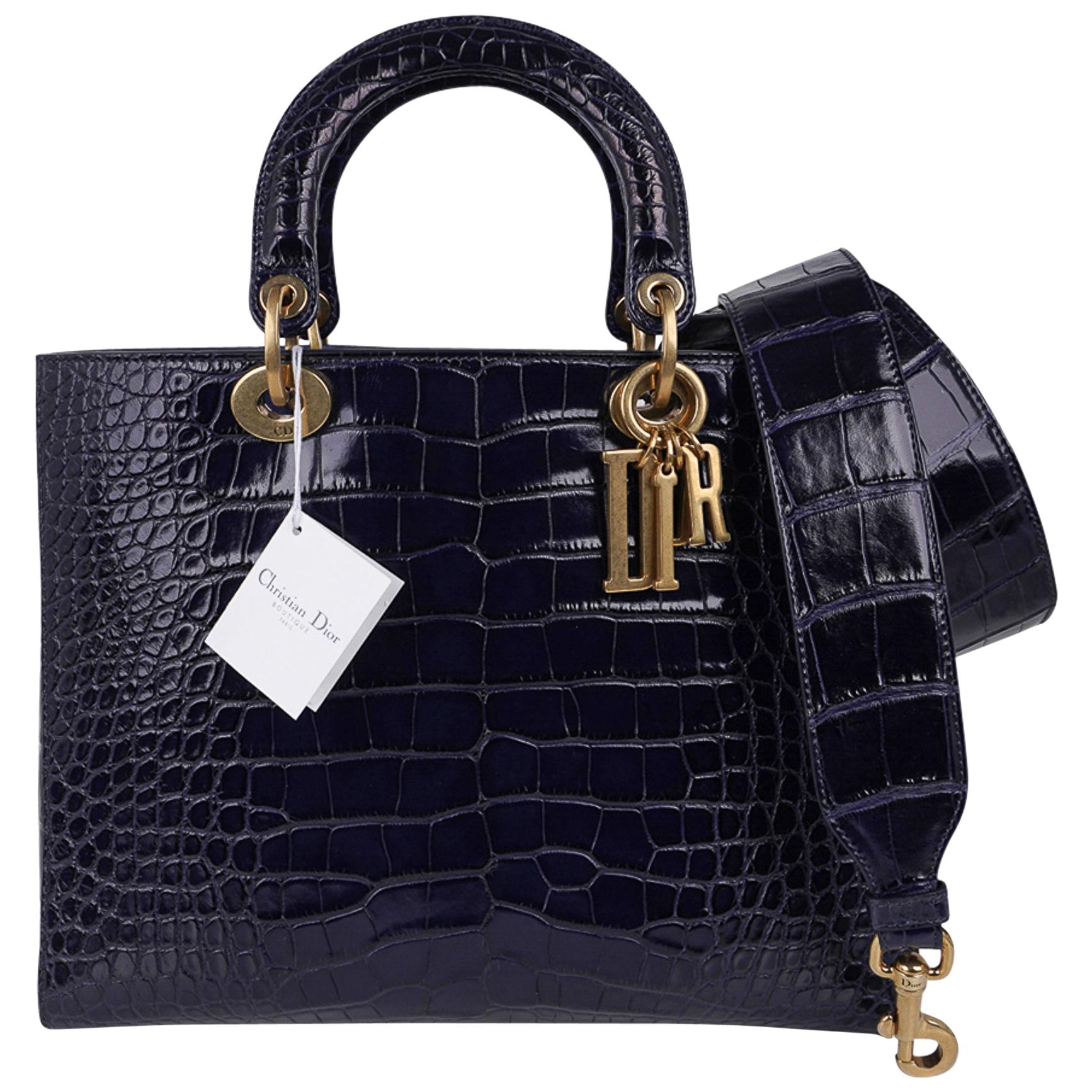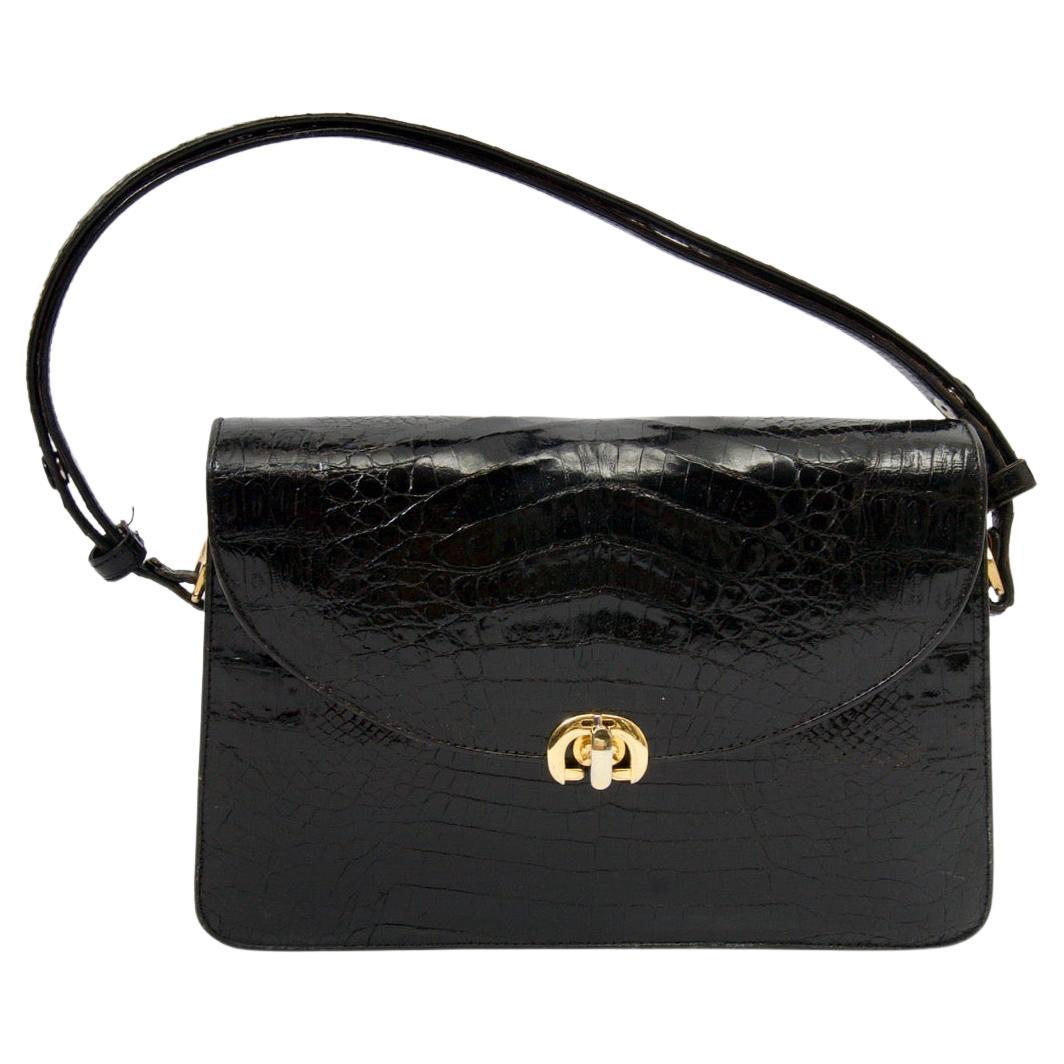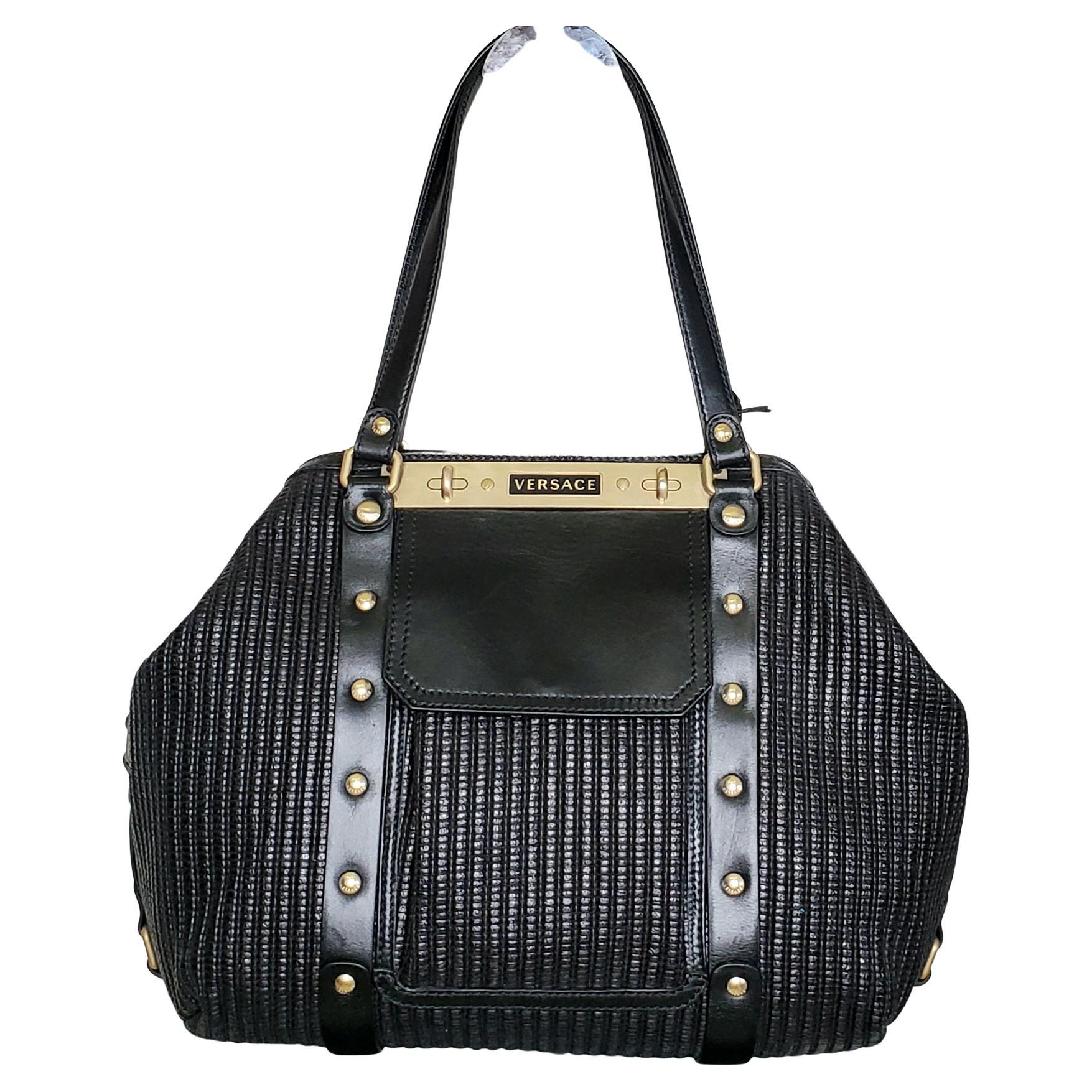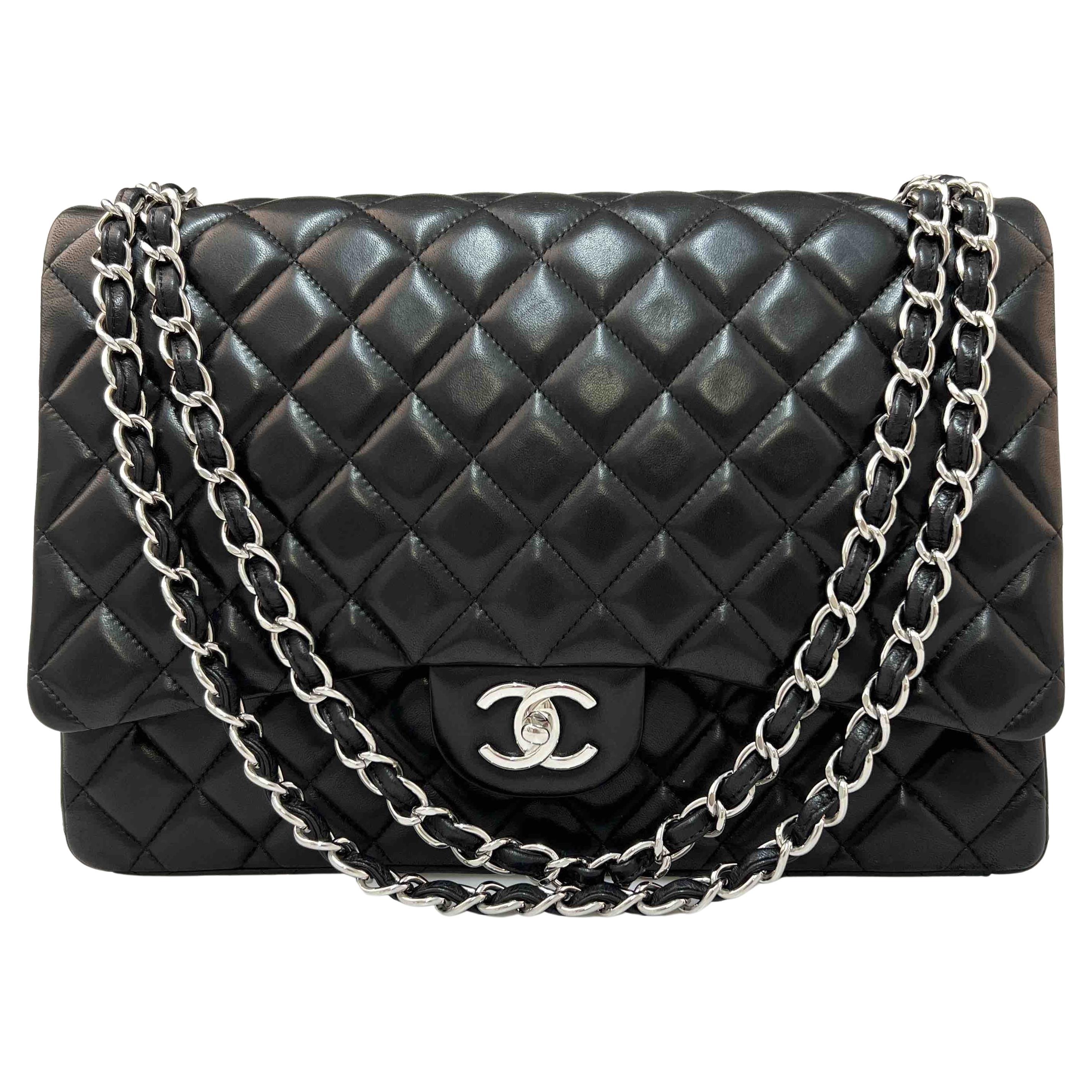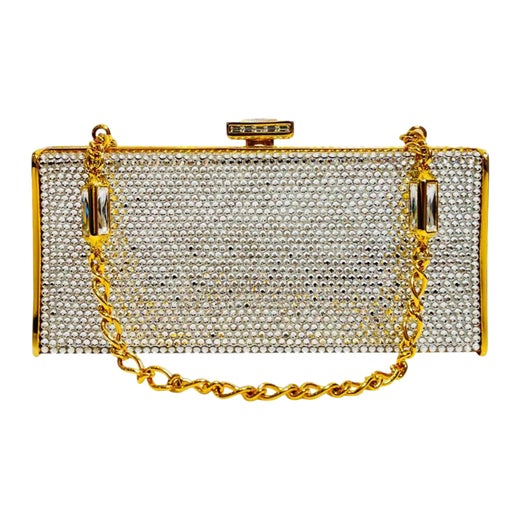Judith Leiber Brown Leather Compartment Bag with Coin Purse, 1980s
About the Item
- Designer:
- Brand:
- Dimensions:Height: 7 in (17.78 cm)Width: 7 in (17.78 cm)Depth: 3 in (7.62 cm)
- Style:Accordion (In the Style Of)
- Place of Origin:
- Period:
- Condition:Wear consistent with age and use. Gentle surface wear and one interior spot where an adhesive label was removed and left a non-sticky white shadow.
- Seller Location:Tucson, AZ
- Reference Number:
Judith Leiber
When it comes to handbags, no designer can compete with Judith Leiber’s (1921–2018) ability to create magic using opulent crystals and wildly imaginative and playful shapes. The Hungarian-born designer made minaudières (small, decorative handbags, often without handles or a strap) in the form of crystal-covered swans, cupcakes, lipstick, wads of cash, teddy bears and other delightful objects. These dazzling objets d’art have been regularly seen in the hands of First Ladies, movie stars on the red carpet and even in the prestigious collections of institutions like the Metropolitan Museum of Art.
Like many pathbreaking inventions in the history of design, Leiber’s minaudières were the result of a happy accident. In 1967, she began working on her first metal handbag. The piece in question was named the Chatelaine, and the design was a graceful drop-shaped purse in gold-tinted metal. But when the samples came in, Leiber saw that the bottom of the bag looked greenish and discolored as a result of the plating process. She had the ingenious idea of applying crystal rhinestones to the base to cover up the flaws. The dazzling bag was a huge success and would become her trademark.
Born Judith Peto in Budapest, Leiber overcame many hardships before her breakthrough. At the start of World War II, she was working at the Pessl handbag company in Budapest where she quickly climbed the ranks to become a master craftswoman. When the war escalated, she and her Jewish family were forced by the Nazis to live in a cellar of a ghetto, and several of her relatives were killed in concentration camps. “I designed handbags in my head to get through the misery,” she said. After the liberation of Budapest, she married Gerson “Gus” Leiber, an American GI, and moved to New York. In 1948, she began working for the fashion house Nettie Rosenstein. One of her first major pieces was the handbag embroidered with glittering rhinestones and pearls carried by Mamie Eisenhower at the 1953 inaugural ball. In 1963, she finally set up her own company.
Leiber’s whimsical designs embellished with Swarovski crystals and semiprecious stones defied traditional notions of luxury handbags. She also created striking clutches and bags with leather and fine textiles from around the world. In her 65-year career, she designed over 3,500 bags, which have been worn by First Ladies including Nancy Reagan and Laura Bush, pop icons like Beyoncé and Jennifer Lopez and celebrities like Kim Kardashian and Kris Jenner (who collects Leiber’s handbags). In 2005, the Leiber Collection Museum opened in East Hampton, New York, as a permanent space to showcase her work. The minaudières remain coveted objects celebrated worldwide for their eclectic beauty and glamorous charm.
The value of a good handbag cannot be overstated — find a collection of vintage Judith Leiber handbags and other fashion accessories today on 1stDibs.
- ShippingRetrieving quote...Ships From: Tucson, AZ
- Return PolicyA return for this item may be initiated within 1 day of delivery.
- Brown Matte Alligator Top Handle Hourglass Purse with Comb and Mirror, 1950sLocated in Tucson, AZA ladylike staple accessory and a sign of good breeding, an alligator top handle bag remains as relevant today as it was a half-century ago. Pairs as effortlessly with denim and a trench as it does with a cocktail dress. This one has the very modern added benefit of being large enough to hold a 12-oz bottle of water too! Vintage alligator handbag with self-covered top frame and single top handle; interior zippered side pocket with open pocket beneath containing mirror and faux tortoise comb...Category
1950s American Top Handle Bags
- Modernist Mahogany Gloss Geometric Center Cut Medium Alligator Handbag, 1950sLocated in Tucson, AZGina Lollobrigida. 57 Chevys. Boomerang coffee tables. There was a time in the 50s when round was square and points meant progress. An icon of mid-century style, this classic geometric handbag...Category
1950s American Structured Shoulder Bags
- Black Gloss Alligator House of Grimaldi Saks Handbag and Mirror, France - 1960sLocated in Tucson, AZDo tidy alligator handbags invoke images of Grace Kelly carrying her iconic Hermès? Why not go one step further with a gloss black version from the actual House of Grimaldi...Category
1960s French Top Handle Bags
- New Walborg Black Wood Bead and Chenille Top Handle Pochette Purse– Japan, 1950sBy WalborgLocated in Tucson, AZDespite its deceptively small size, this pochette remains exceptionally roomy thanks to its fully opening center change purse-style pocket and two side compartments. Petite but practical, the hand-strung polished wood beads create texture and interest for evening, while the velvety chenille ground lends playfulness for day. Deadstock double top handle bag of black chenille punctuated with black wood beads all over surface and handles. Interior features three total compartments including one center compartment with kiss lock clasp closure, plus one side pocket in another compartment. Fully lined in black velvet; plain chenille bottom with protective brass feet. fabric: chenille, wood, goldtone metal noteworthy: clean with compressed air repairs: none condition: deadstock with original tags measurements: width: 7” at narrowest, 9 ½” at widest height: 7” depth: 4” bottom gusset; expands to about 6” when filled mouth: opens to 8” handle: 4” drop label: Walborg (made in Japan by...Category
1950s Japanese Top Handle Bags
- Brass Etched Openwork Filigree Cube Purse w MOP Lucite Lid and Clear Base, 1950sLocated in Tucson, AZSimultaneously delicate and sturdy, this unusual box purse provides a glimpse of its contents via openwork filigree sides, while a clear Lucite platf...Category
1950s Unknown Novelty Bags
- Whiting & Davis Ivory Enamel Mesh Handbag w Bakelite Chain and Frame, 1940sBy Whiting & DavisLocated in Tucson, AZAn eye-catching alternative to the traditional gold and silver metal mesh for which the company is famous, this rare enamel plated mesh version also features a unique Bakelite top fr...Category
1940s American Top Handle Bags
- Fendi BLACK ZUCCA CANVAS & CALFSKIN LEATHER VINTAGE MAMA BAGUETTEBy FendiLocated in Bishop's Stortford, HertfordshireFendi BLACK ZUCCA CANVAS & CALFSKIN LEATHER VINTAGE MAMA BAGUETTE CONDITION NOTES The exterior is in excellent condition with light signs of use. The interior is in excellent condit...Category
2010s Italian Top Handle Bags
- Christian Dior Bag Lady Dior Large Navy Matte Navy Alligator New w/TagBy Christian DiorLocated in Miami, FLMightychic offers a Christian Dior Lady Dior Bag featured in rich Navy matte Alligator. Logo charms are matte brass hardware. Top flap. Interior is lined in Blue Suede. One zip pocke...Category
21st Century and Contemporary French Structured Shoulder Bags
- c.1970s Black Croc Convertible Shoulder BagLocated in Alford, MAThis versatile vintage crocodile bag can be worn either as a shoulder bag, when the strap is fully extended, or as a handbag,when it is doubled; ...Category
Late 20th Century Unknown Structured Shoulder Bags
- Hermès Charcoal Canvas Victoria II SatchelBy HermèsLocated in Palm Beach, FLThis authentic Hermès Charcoal Canvas Victoria II Satchel is in pristine condition. Hand sewn by skilled artisans, this beautiful daily bag from Hermès is...Category
2010s French Top Handle Bags
- VINTAGE VERSACE WOVEN PRINT BLACK LEATHER BRUSHED GOLD TONE HARDWARE HandbagBy VersaceLocated in Montgomery, TXVERSACE Black Woven print Handbag which is punctuated with brushed gold-tone hardware satin interior in blue includes 3 pockets one outside front pocket on a magnet closer Co...Category
2010s Italian Top Handle Bags
- CHANEL Maxi Jumbo Handbag in Black Lamb LeatherBy ChanelLocated in Paris, FRMaxi Jumbo CHANEL in black lamb leather. The hardware is in palladium-plated silver metal. In very good condition Country of manufacture: Italy Dimensions: 33 × 23 × 10cm Shoulder st...Category
2010s Italian Top Handle Bags
